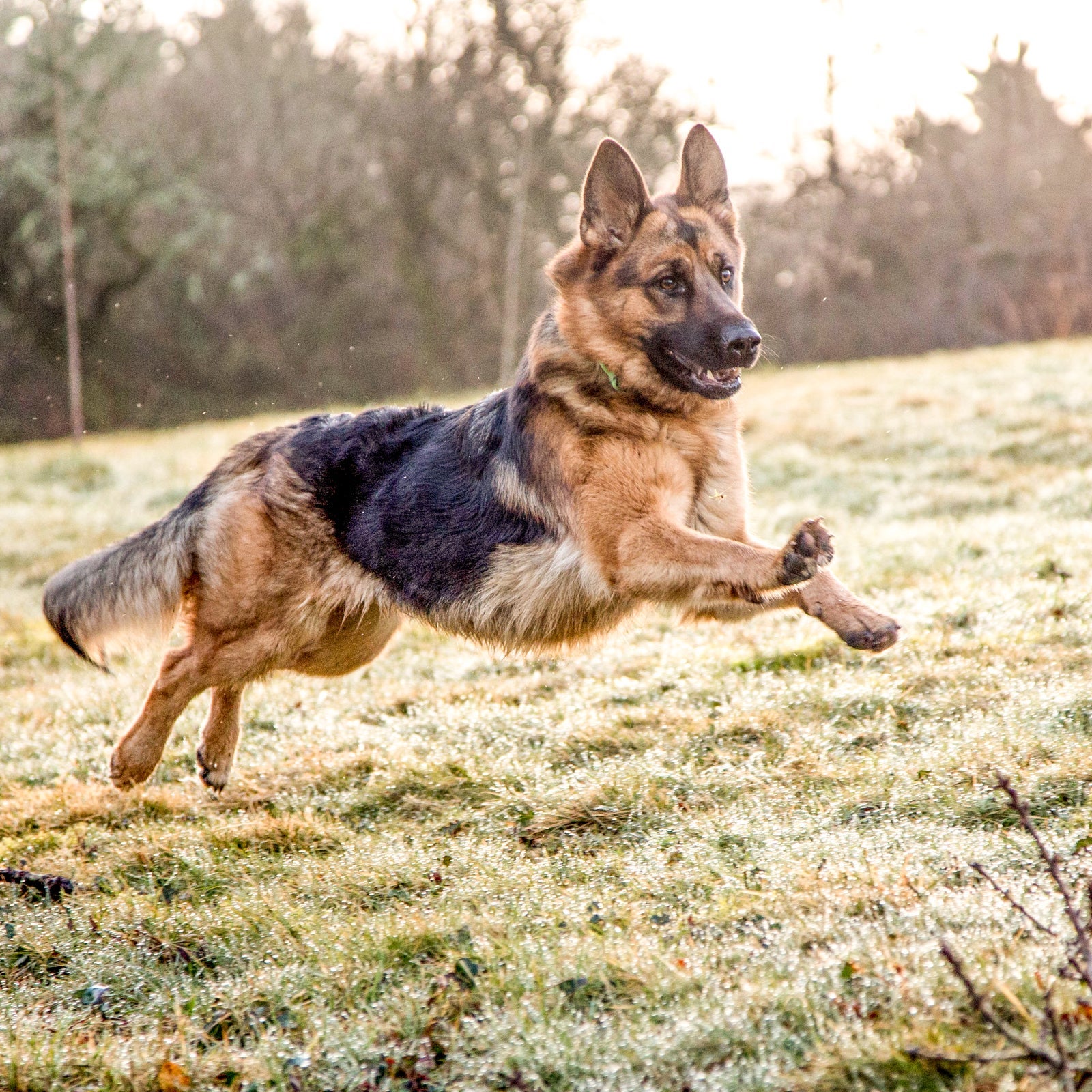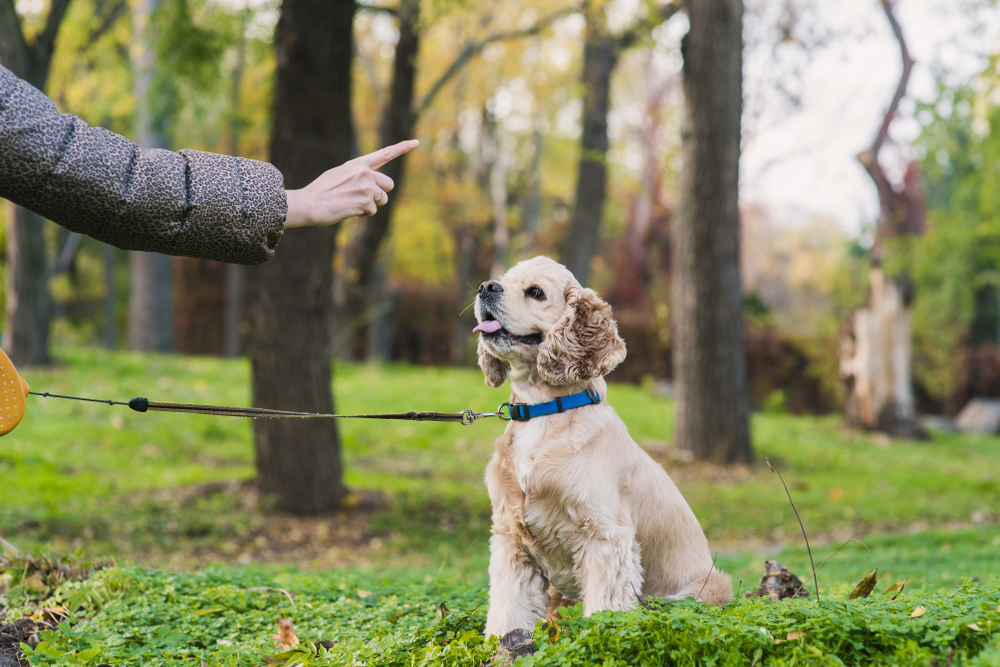Positive Reinforcement in Dog Training: A Humane Approach to Success
Wiki Article
Beginner's Guide to Successful Dog Training in the house
Effectively educating a dog at home requires a nuanced understanding of canine actions and reliable communication strategies. Establishing clear training objectives, using premium rewards, and maintaining uniformity throughout household participants are critical aspects. Incorporating training right into everyday routines can improve both engagement and retention.Recognizing Pet Behavior
Understanding pet dog habits is essential for efficient training and promoting a harmonious connection between human beings and their canine companions. Pet dogs connect mainly with body movement, vocalizations, and faces, making it critical for proprietors to translate these signals accurately. Acknowledging actions such as tail wagging, grumbling, or cowering can offer understandings into a canine's mood and purposes.
Usual behavior problems, such as aggressiveness, anxiety, or excessive barking, commonly come from misunderstandings or unmet requirements. Observing and addressing these concerns immediately can protect against rise and ensure a favorable training experience. By fostering a deep understanding of dog actions, owners can tailor their training approaches to suit their canine friends, ultimately resulting in a mannerly and happy pet.
Essential Training Tools
A fully equipped training space can substantially enhance the effectiveness of pet training in the house. Important training devices ensure that both the fitness instructor and the pet dog can take part in effective sessions that foster discovering and bonding.
Spending in a durable leash and a comfortable, well-fitting collar or harness is important for safety and security and control. These devices assist establish borders and guarantee the pet stays secure during training. Furthermore, an assigned training area, without interruptions, help concentration for both the fitness instructor and the canine.
Educating aids such as training pads, cones, or dexterity devices can additionally boost the experience by introducing selection and challenges. Having a notebook or digital application for tracking development can be invaluable, permitting you to keep in mind successes and locations for improvement. Using these essential tools will certainly create a positive training atmosphere and lay the foundation for effective knowing.
Developing an Educating Routine
Establishing a regular training regimen is important for efficient canine training in the house. A well-structured routine not only assists in enhancing desired habits however also supplies your dog with a complacency and predictability. To develop an efficient training regular, start by recognizing details training goals, such as fundamental commands, leash walking, or house-breaking.Choose a designated time each day for training sessions, ideally when your canine is receptive and alert. Sessions needs to be brief, roughly 5 to 15 mins, to keep focus and prevent fatigue. Consistency in timing and environment will have a peek at these guys certainly boost your dog's learning experience.
Include training into everyday tasks to strengthen skills. Method commands throughout walks or nourishment, which incorporates discovering into natural routines. Additionally, remain adaptable and change the routine as required, accommodating your pet's energy levels and mood.
Favorable Support Techniques
Positive reinforcement techniques are fundamental to effective pet training, promoting desired actions via incentives instead than punishment. This approach uses positive stimuli, such as treats, appreciation, or play, to motivate canines to duplicate certain actions. The cornerstone of this technique is timing; rewards ought to be given immediately adhering to the preferred habits to create a clear organization.When applying positive reinforcement, it is vital to select incentives that are inspiring for your pet dog. High-value treats, such as tiny pieces of poultry or cheese, can be especially effective throughout training sessions. Additionally, varying the incentives can preserve your dog's rate of interest and excitement.
Start with basic commands, like "sit" or "remain," and gradually development to extra complex jobs. Consistency is crucial; make certain that all relative utilize the exact same commands and benefit systems to stay clear of confusion.
Additionally, it is crucial to remain individual and stay clear of frustration. Pet dogs, like human beings, learn at their own speed. By cultivating a helpful training setting via positive reinforcement, you can enhance your dog's learning experience while reinforcing the bond in between you and your furry buddy, preparing for successful training end results.
Common Training Difficulties
While training a dog in your home can be a rewarding experience, it frequently includes a collection of common difficulties that can check both perseverance and uniformity. One widespread issue is disturbance. Pets may end up being easily sidetracked by noises, motions, and even aromas in their atmosphere, making it hard to preserve their focus throughout training sessions.One index more obstacle is disparity in commands and reinforcement. It can confuse the dog and prevent development if family members utilize various hints or benefits. Establishing a unified method is essential for reliable interaction.
Furthermore, canines can experience irritation or anxiety, especially if they do not comprehend what is expected of them. This can result in undesirable behaviors, such as chewing or barking.
Finally, the timing of reinforcement is critical (Dog training). Postponed benefits can decrease the efficiency of positive support, as pet dogs may fall short to attach the habits with the reward
Overcoming these obstacles needs commitment, clear interaction, and read this article a structured training strategy. Identifying and resolving these typical obstacles will certainly lead the way for a more successful and pleasurable training experience at home.
Verdict
Finally, effective canine training in your home demands a comprehensive understanding of canine habits and effective communication methods. By developing clear training goals and utilizing top notch deals with alongside favorable reinforcement, the training process comes to be a lot more satisfying for both the instructor and the dog. Uniformity, adaptability, and patience are necessary components that help with discovering. Eventually, integrating training into everyday regimens boosts the bond between dog and proprietor, making the experience both enjoyable and productive.Developing a constant training regimen is crucial for reliable dog training at home.Positive reinforcement strategies are fundamental to efficient canine training, promoting wanted actions through benefits rather than penalty (Dog training). By fostering an encouraging training environment via positive reinforcement, you can improve your pet dog's learning experience while strengthening the bond in between you and your fuzzy companion, laying the groundwork for effective training results
In conclusion, effective canine training at home requires a detailed understanding of canine actions and reliable interaction strategies. By establishing clear training objectives and using top notch treats alongside favorable reinforcement, the training process becomes much more fulfilling for both the canine and the instructor.
Report this wiki page